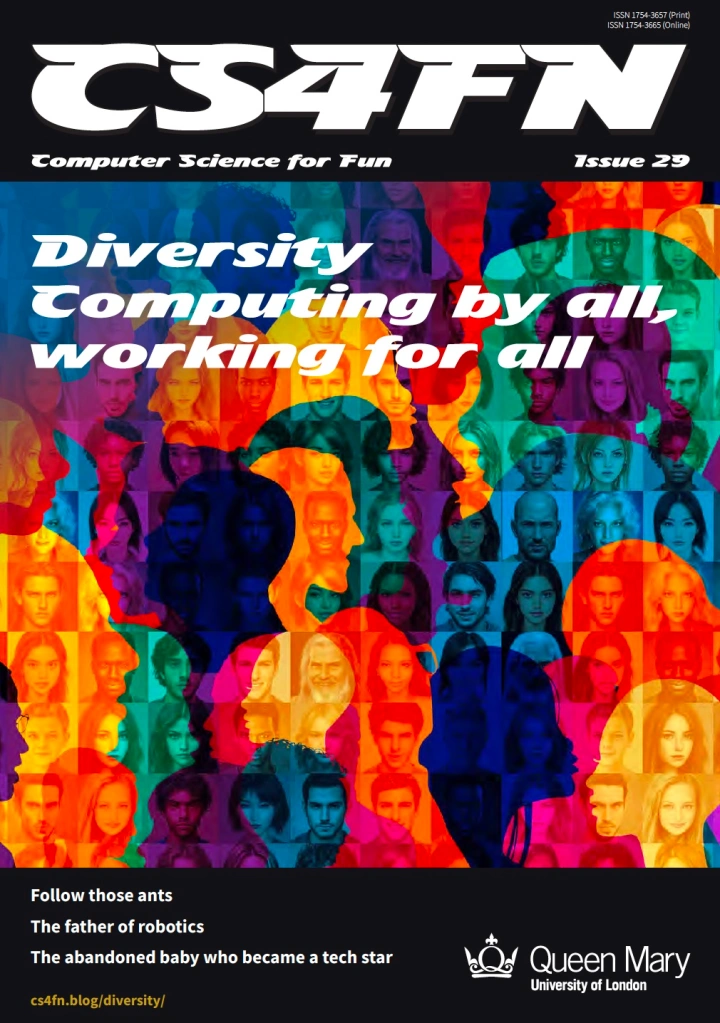
A mob for the Earth
by Paul Curzon, Queen Mary University of London
One Saturday afternoon one spring in San Francisco, a queue of people stretched down the pavement from a neighbourhood market. There was no shortage of other food shops nearby, so why were hundreds of people waiting to buy everything from crisps to cat litter at this one place? Because that shop had pledged to donate more than a fifth of that day’s profits to improving its environmental footprint.
Pillow fights and parties
The organisation behind the busy shopping day is called Carrotmob. The tactics they used to summon so many people to the tiny market in San Francisco had already been working all over the world for less serious stuff. From a huge pillow fight in New York’s Times Square to a mass disco at Victoria Station in London where people danced along to their MP3 players, the concept of the flashmob can seem to create a party out of thin air. From a simple idea, word can spread over social networking sites, email and word of mouth until a few people have turned into a huge crowd.

Start the bidding
Carrotmob’s founder, Brent Schulkin, wanted to try and entice businesses into going green using a language he thought they’d understand: cash. In return for getting loads of new customers to buy things, the owners had to give back some of their windfall profit to the Earth. To test his idea he went round to food shops in his neighbourhood. He said he could bring lots of extra customers to the shop on a particular day, and asked each of them how much of that day’s profit they’d be willing to spend on making their businesses more environmentally friendly. K&D Market won the bidding war by promising to spend 22% of the profits putting in greener lighting and making their fridges more energy-efficient. Now that K&D had agreed to the deal, Brent had to bring in the punters. He needed a flashmob.
Flashmobs work because it’s now so easy to stay in touch with large numbers of people. If we find out about a cool event we can share it with all our friends just by making one post on sites like Facebook or Twitter. We can make plans to do something as a group just by sending a few texts. When lots of people spread word around like this, suddenly a small idea like Carrotmob, armed with only a website and a few videos, can drop an hour-long queue on the doorstep of a market in San Francisco.
Success!
It’s not easy to enjoy yourself when you’re waiting for an hour to buy a packet of instant noodles, but that’s another advantage of the flashmob: the party atmosphere, the feeling that you’re part of something big. The results were big: the impromptu shoppers brought in more than $9000 – four times what the shop ordinarily rings up on a Saturday afternoon. Lots of the purchases went to a food bank, so even more people shared in the benefits. In the end the shop did well, the Earth did well, and the Carrotmobbers got a party. Plus the good feeling you get from helping the environment probably stays with you longer than the good feeling from getting hit in the face with a pillow.
This article was originally published on the CS4FN website and can be found on page 3 of the ninth issue of CS4FN ‘Programmed to save the world’ which you can download as a free PDF below, along with all of our free magazines and booklets.
Related Magazine …

EPSRC supports this blog through research grant EP/W033615/1.











